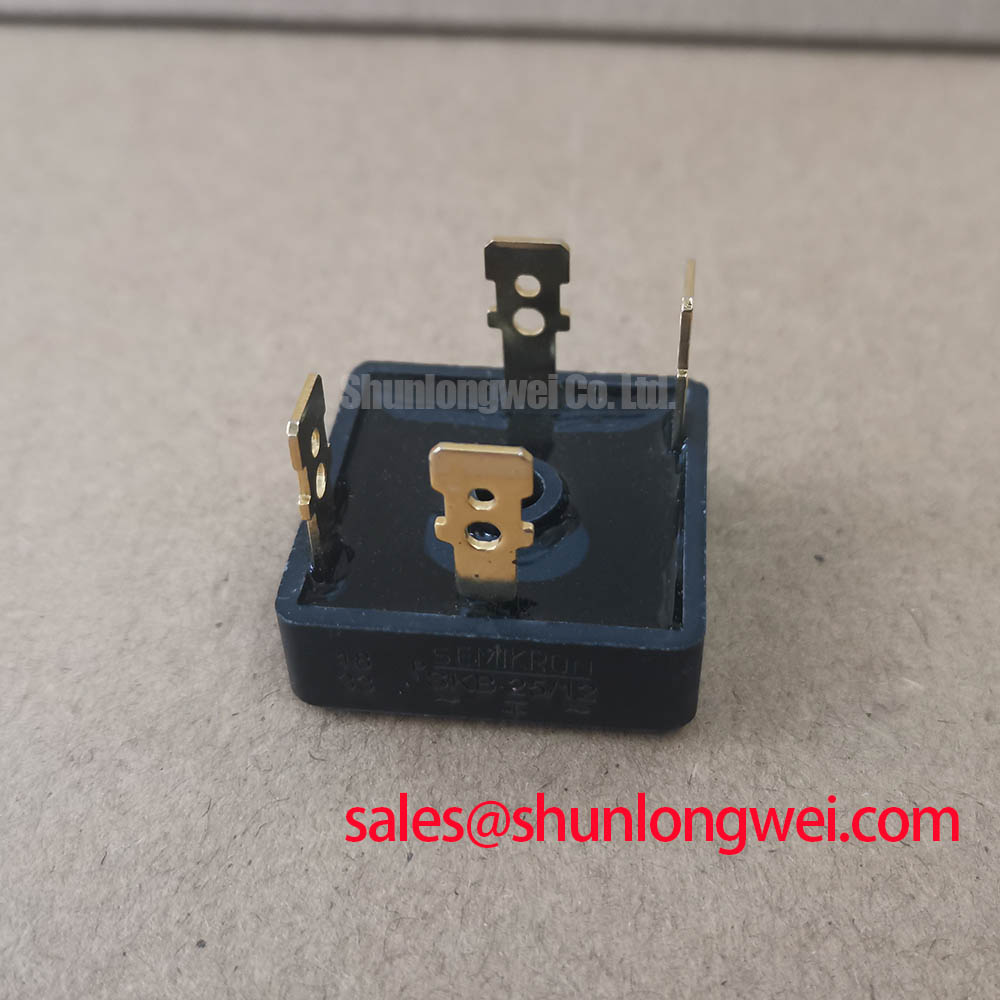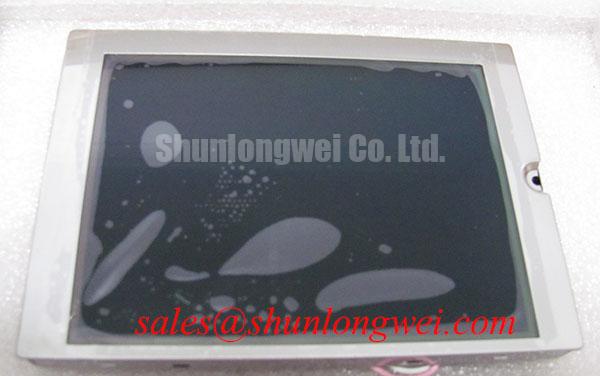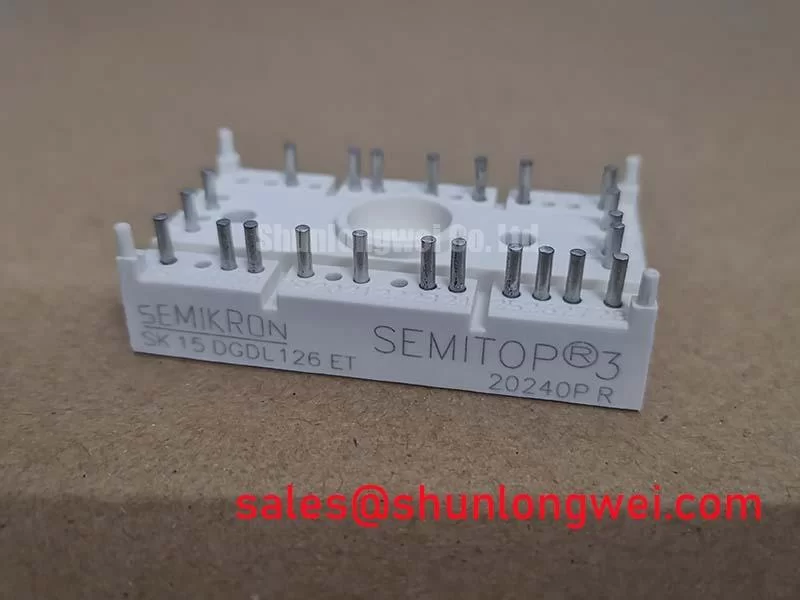LM14X79: Sharp 14.1-inch XGA LCD Display Module
Engineered for Clarity and Integration in Industrial Systems
Content last revised on October 19, 2025.
The Sharp LM14X79 is a 14.1-inch Color STN (CSTN) LCD module delivering reliable XGA resolution for industrial and legacy system applications. It offers a standardized interface and proven backlight technology, simplifying the design-in process for human-machine interface (HMI) terminals, process control monitors, and specialized instrumentation. With its focus on core performance and durability, this display provides a straightforward solution for systems where readability and long-term availability are key priorities. For applications requiring a different form factor or higher resolution, the LM215WF3-SLA1 offers a larger 21.5-inch Full HD option.
Key Parameter Overview
Highlighting Core Specifications for System Design
The specifications of the Sharp LM14X79 are tailored for straightforward integration into a variety of industrial and commercial systems. The 1024 x 768 resolution is an industry standard, ensuring compatibility with a wide range of display controllers and software. The CCFL backlight, while a legacy technology, is well-understood, offering predictable performance and established driver solutions. This focus on standard, proven technologies simplifies both new system development and the maintenance of existing equipment.
| Parameter | Specification |
|---|---|
| Screen Size | 14.1 inches |
| Display Technology | CSTN (Color Super-Twisted Nematic) LCD |
| Resolution | 1024 x 768 (XGA) |
| Interface | LVDS (Low-Voltage Differential Signaling) |
| Backlight System | CCFL (Cold Cathode Fluorescent Lamp) |
| Typical Brightness | 200 cd/m² |
| Viewing Angle (H/V) | 40° / 60° |
Download the LM14X79 datasheet for detailed specifications and performance curves.
Application Scenarios & Value
System-Level Benefits in Legacy Upgrades and HMI Development
The LM14X79 is best suited for environments that prioritize reliability and compatibility over cutting-edge optical performance. Its primary value lies in its ability to serve as a direct replacement or a cost-effective component in systems built around the XGA standard.
A key engineering challenge in industrial environments is the lifecycle management of long-deployed equipment. When a display in a 10-year-old CNC machine or process control panel fails, finding a form-fit-function replacement is critical to minimizing downtime. The LM14X79, with its standard 14.1-inch XGA format and common LVDS interface, provides a dependable solution for these legacy system upgrades. Its architecture simplifies integration, allowing technicians to restore vital equipment to service without needing to re-engineer the entire HMI or invest in a complete system overhaul. This makes it an invaluable component for maintenance, repair, and operations (MRO) teams.
For designers of new, cost-sensitive industrial HMIs or data acquisition terminals, the module offers a no-frills, functional display. The XGA resolution is sufficient for displaying critical process data, schematics, and simple graphical interfaces without the overhead and power consumption of higher-resolution panels.
Application Vignette
Ensuring Operational Continuity in Manufacturing Control Systems
Consider a manufacturing floor where multiple pieces of equipment from the early 2000s are controlled by embedded terminals. The original displays are beginning to fail due to age, specifically the degradation of their CCFL backlights. The challenge for the plant engineer is not just to replace the screen but to do so with a component that is electrically and mechanically compatible, avoiding costly software modifications or housing redesigns. The LM14X79 directly addresses this. Its 14.1" XGA specification is a common standard for that era of industrial hardware. The LVDS interface ensures it can connect to the existing single-board computer, while the dimensions are designed for standard panel cutouts. By selecting the LM14X79, the engineer can procure a reliable spare part that extends the life of their capital equipment, ensuring production continuity and maximizing the return on their initial investment.
Frequently Asked Questions (FAQ)
What is the primary benefit of using a CSTN display like the LM14X79 in an industrial context?
Its primary benefit is providing a cost-effective and reliable display solution for applications where wide viewing angles and high color fidelity are not critical requirements, such as in status indicators or simple data readouts.
Is the CCFL backlight on the LM14X79 user-replaceable?
While technically possible for skilled technicians, CCFL backlight replacement is a complex process. It is generally recommended to replace the entire display module to ensure proper sealing, alignment, and performance.
How does the 1024x768 XGA resolution impact its use in modern systems?
The XGA resolution is ideal for legacy system support and for new applications that display text, numerical data, or basic graphics. It ensures backward compatibility with a vast amount of existing industrial software and hardware controllers without requiring scaling or driver updates.
What considerations are needed for the LVDS interface during integration?
Engineers should ensure their controller board's LVDS output matches the pinout and electrical specifications of the LM14X79. Cable length and quality are also important to maintain signal integrity, especially in environments with high electromagnetic interference (EMI).
Strategic Integration
Integrating the Sharp LM14X79 is a strategic decision for lifecycle management and cost-controlled development. For purchasing managers and engineers supporting a fleet of aging industrial machinery, this display serves as a vital component for extending operational life and avoiding expensive, wholesale system replacements. For developers creating new, budget-conscious control systems, it provides a proven, no-nonsense visual interface that gets the job done without unnecessary complexity or cost. Its adherence to established standards like XGA and LVDS de-risks the integration process, ensuring a predictable and efficient path from design to deployment.














